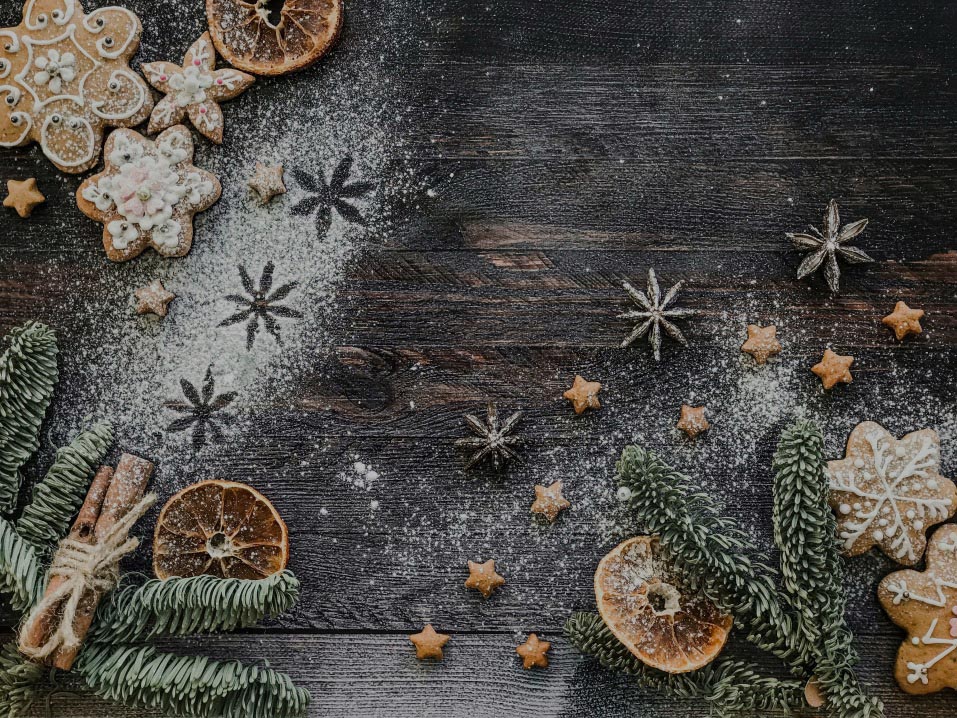Christmas Traditions and Their Origins
For many families, traditions play a large part in defining who they are. It is what makes them unique and usually stems from a funny story or event. One of the most common times to see family traditions is during the holiday season. It makes sense when you think about it. This is the time of year when everyone is home and has more time to spend together, thus creating more memories. Some Christmas traditions are universal and are followed without a second thought. How do traditions reach such legendary status that they can be found in every household in America? Today’s festive blog post is about how five Christmas traditions got started.
Christmas in December
Why is Christmas Celebrated in December? Most theologians acknowledge that it is very difficult to pinpoint the exact birthdate of Christ. Some say he was born in the winter, some say he was born in the summer. Some theologians contest that Jesus was born very close to Halloween, and because of collusion between big businesses, the date of Christmas was moved to December so that they could commercialize the holiday better. Whatever you believe in, there is no lack of theories, even from historians. Some believe that December 25th was originally a pagan holiday celebrating the winter solstice. It is thought that Christian leaders seized the date and made the holiday about celebrating the creator of nature, opposed to nature itself. This is a popular theory, but also one that has come under scrutiny in recent years. Another theory comes out of 16th century Europe. Before the implementation of the ‘Gregorian Calendar’ in 1582, the Roman Calendar was the standard. Some Christian denominations still use the Roman Calendar, which has Christmas falling on January 7th. January 7th on the Gregorian calendar is December 25th!
Although details vary, it is widely believed that the conversion from one calendar to another established December 25th as the date for Christmas.
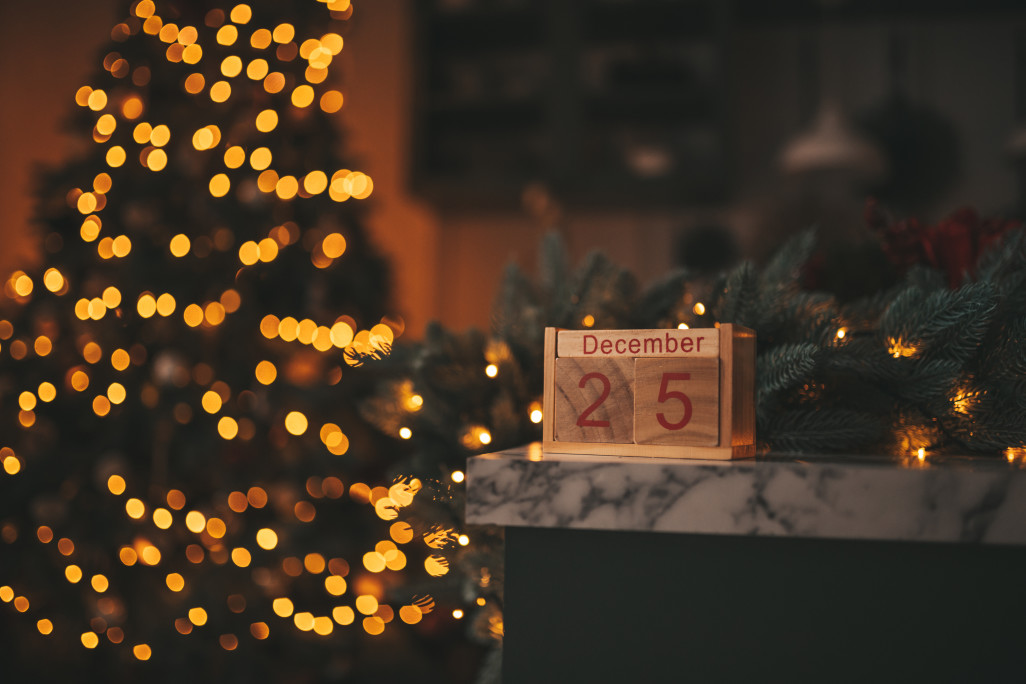
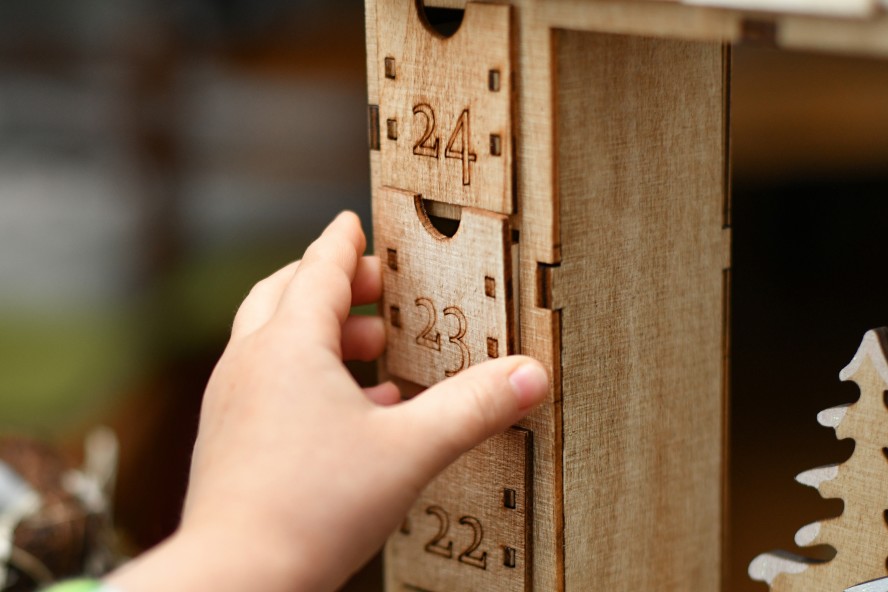
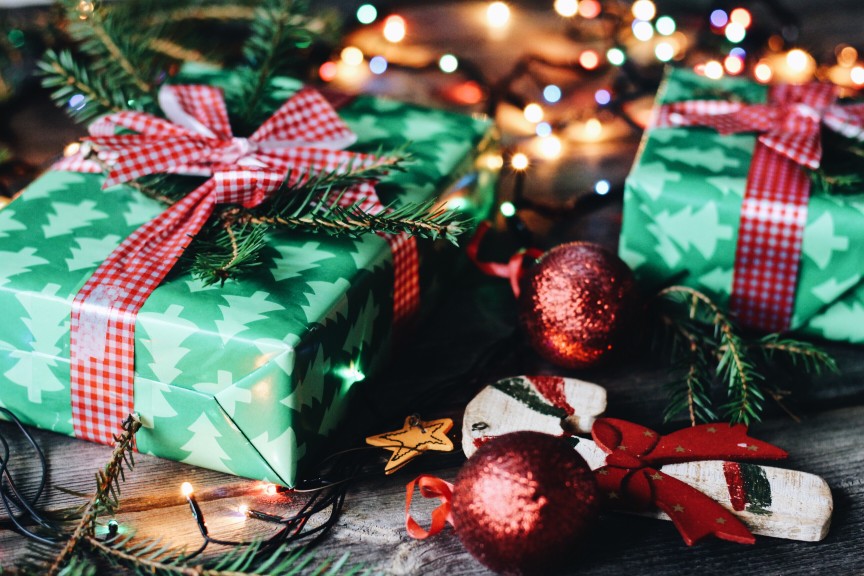

Colors of Christmas
During December, it is tough to see green and red and not think of Christmas. Nowadays, we just put up red and green lights without a second thought. How does a holiday that is thousands of years old get such an iconic color scheme? The colors date back to the dark, dreary winters in Europe where the chilled winds would kill nearly all plant life. While families huddled in their houses, clinging to a dream of spring, they would hang holly and mistletoe to remind them that winter will eventually break. These evergreen plants would be the few things that would survive a brutal winter and were hung to keep spirits high. Their green leaves and red berries became synonymous with winter, and eventually, December’s most popular holiday.
Bonus: Although blue is not thought of as a Christmas color, it is not uncommon to see Nativity scenes with Mary in blue robes. In medieval times, blue was the most expensive dye color money could buy, so it was often reserved for royalty or the very wealthy. Although Mary wasn’t rich or of royal blood, she is sometimes depicted in blue to highlight her significance.
The Salvation Army Buckets
Starting in Mid-November, the Salvation Army takes to the streets with their aprons and bells to help bring awareness to the impoverished during the holiday season. Though it started with a single man, the “jingle jingle” of their golden bells have transcended into holiday legend. Salvation Army Captain Joseph McFee took to the streets of San Francisco in 1891 to raise money to serve a Christmas dinner for the homeless. The setup he used can now be seen on nearly every street corner during December, helping over 4 million people today.

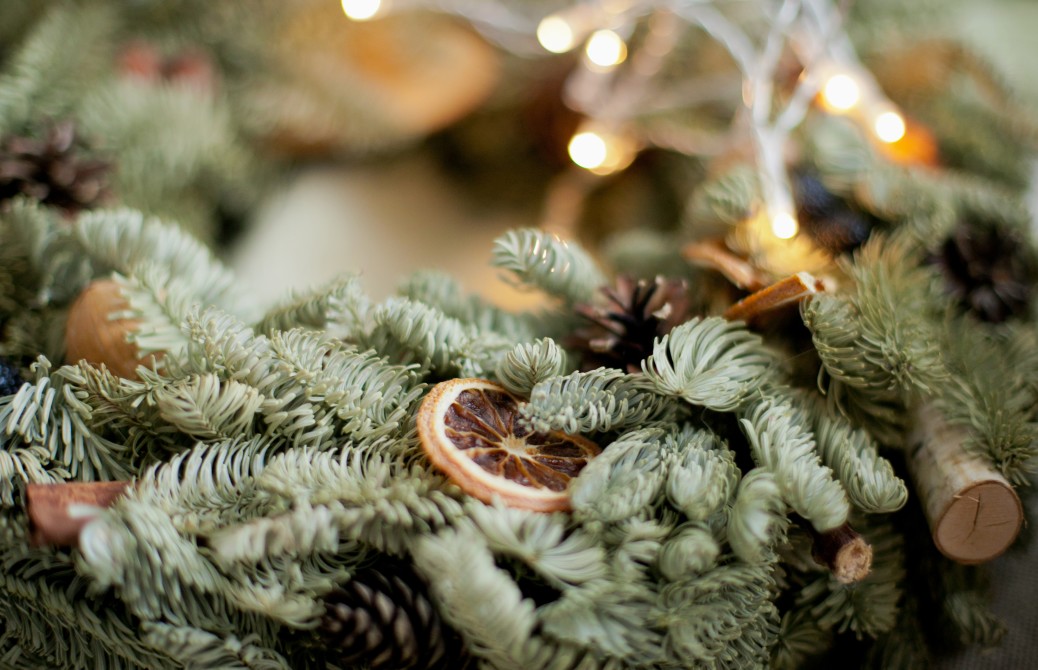
“Merry” Christmas
“Why Merry Christmas” and not “Happy Christmas”? Sometimes all it takes is a cordial “Merry Christmas” to bring a smile to someone’s face. We tell people “Happy Easter” and “Happy Halloween,” so why not “Happy Christmas?” The phrase actually dates back over 500 years. There is a record of a Catholic Bishop signing a letter “And this our Lord God send you a merry Christmas, and a comfortable, to your heart’s desire.” The first-ever Christmas card sent in the mid-1800s by Sir Henry Cole also had the phrase “Merry Christmas” in the letter. From then on, “Merry Christmas” just stuck and nobody really seems to know why.

